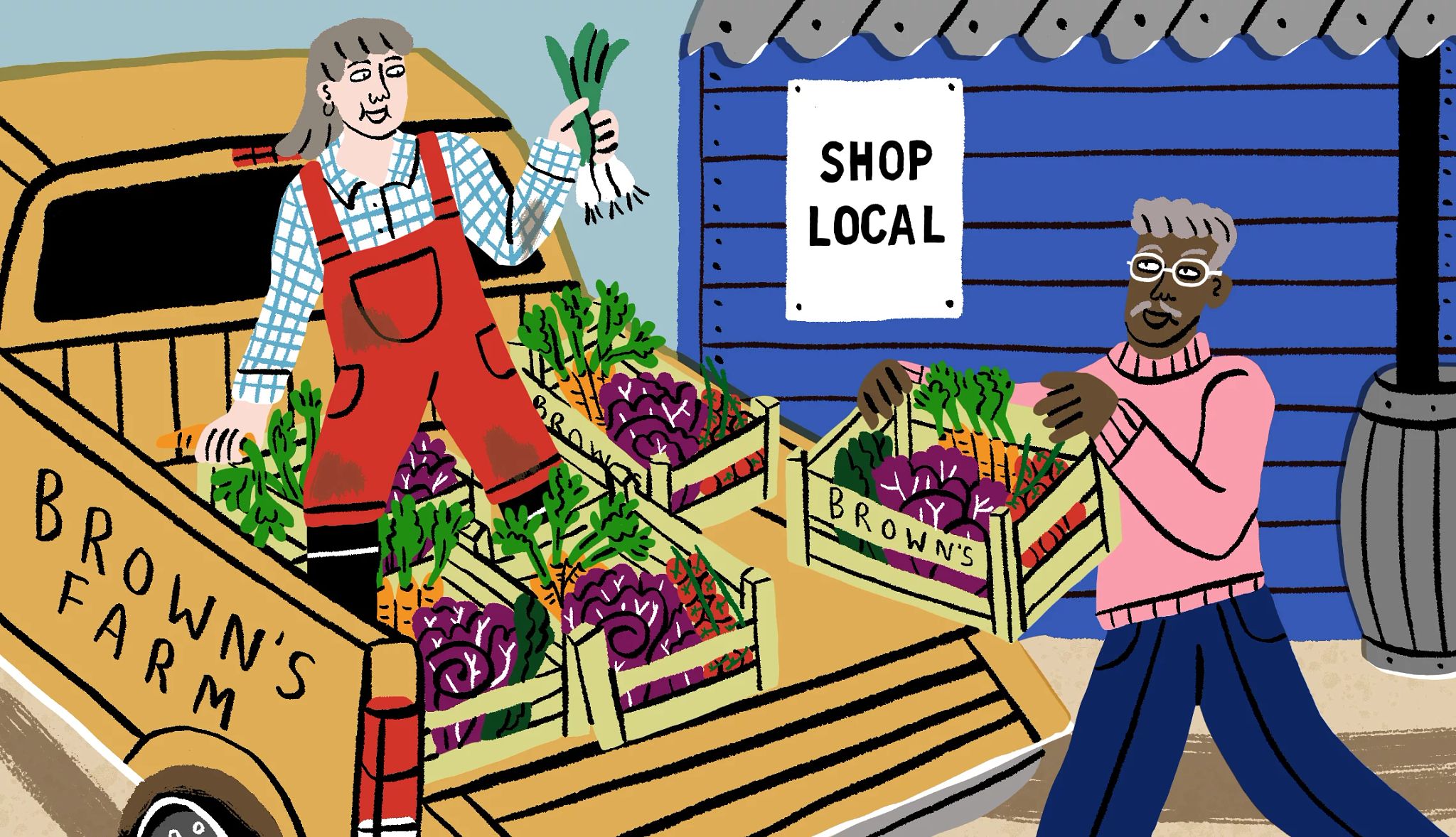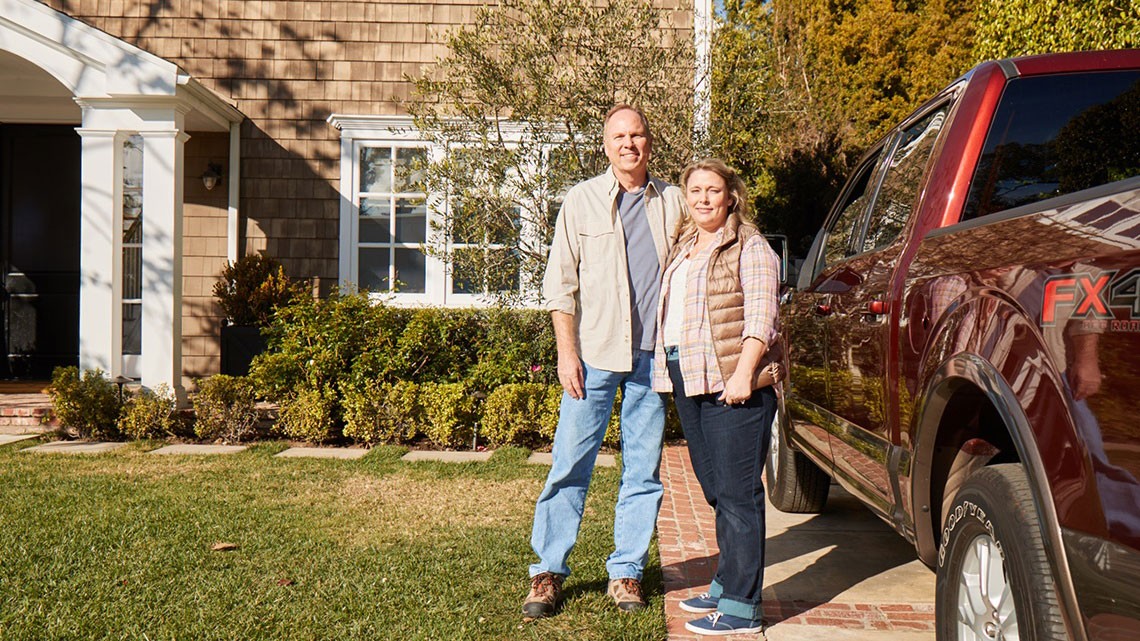Staying Fit


Ever have a ripe tomato just plucked from the vine or a juicy peach right off the tree? If so, you know the taste is oh-so-much more delightful than what you get in the grocery store.
Truly fresh produce doesn’t have to be a special occasion. You can make it a regular part of your meals by joining a community-supported agriculture (CSA) plan, also known as a farm share.


AARP Membership— $12 for your first year when you sign up for Automatic Renewal
Get instant access to members-only products and hundreds of discounts, a free second membership, and a subscription to AARP the Magazine.
What’s a CSA? It’s a way to purchase produce from nearby farms — instead of grocery stores. Not only are you giving farmers the financial support they need to thrive throughout the year by agreeing to buy their produce in advance, but you get those fruits and vegetables fresh and tasty.
Here’s everything you need to know about joining a CSA, including cost, how to find one and what you get out of it.
What are the benefits of joining a CSA?
Getting in touch with nature. A CSA allows you to eat the fruit and vegetables that grow in the region where you live at the times of year they are ripe. That’s the opposite of what you’ll find in a grocery store — which carries year-round produce that’s been imported from around the country, says Hayden Keene, farmer and CSA manager at Mountain Roots Food Project.
Tastier, healthier produce. You get fresh, nutritious produce, says Jennifer Hashley of the New Entry Sustainable Farming Project at the Friedman School of Nutrition Science and Policy at Tufts University. According to the University of New Hampshire, food harvested at its peak has higher concentrations of nutrients. “It’s not spending five to seven days on a truck before it reaches your kitchen,” Keene says.
Trying new things. There’s an opportunity to taste produce varieties you won’t find at the grocery store. “There’s thousands of different varieties of all of the fruits and vegetables, but we normally in our industrial food system only see one or two,” says Lauren Nagy, farm manager of Ironbound Farm.
“I think it is kind of an adventure. I’m going to embrace the challenge of doing something wonderful with all these great vegetables and try and be forced to try new things,” Hashley says.
Knowing where your food is from. One of the privileges of a CSA is knowing the people who grow your food and the farm it comes from. You can ask questions about how they farm and whether they use pesticides.
“CSA offers you the ability to really know how your food is grown because you’re able to have a one-on-one relationship with your farmer directly,” Nagy says.
Becoming part of a community. There are often opportunities to visit the farm that supplies your produce to get to know the farmers and other CSA members.
Some farms have member potlucks or special events, Hashley says, adding that a farm is a great place for social connectivity — something many lose as they age.


































































More From AARP
Downsize Your Garden, Not Your Joy of Gardening
7 tips for keeping your new, smaller garden meaningful and blooming beautifully10 Ways to Get Grandkids Into Gardening
Letting go of perfection and appealing to their senses helps you bond with your grandchildren over plants and flowers
Top 10 Easiest Superfoods to Grow in Your Garden
Liven up your menu with the healthiest versions of these wellness-boosting plants
Recommended for You